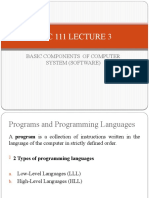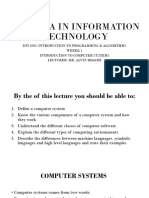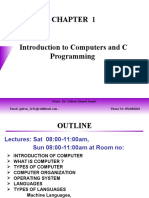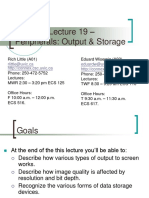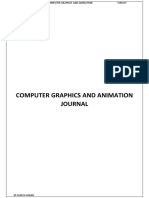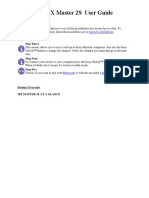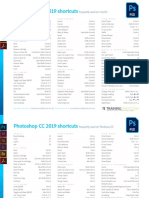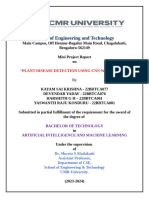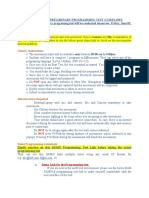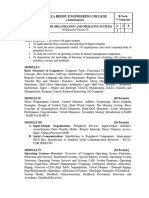0% found this document useful (0 votes)
82 views22 pagesCSC105 Lecture 20 - Software: Rich Little (A01) Eduard Wisernig (A02)
This document provides information about software categories, processing with programs, algorithms, programming languages, system software including operating systems and the user interface. It discusses three main categories of software: compilers, application software, and system software. It describes how operating systems control hardware resources and communication, and how they provide user interfaces through either a command line or graphical user interface. Common operating systems like UNIX, Linux, and Mac OS X are also mentioned.
Uploaded by
TerryCopyright
© © All Rights Reserved
We take content rights seriously. If you suspect this is your content, claim it here.
Available Formats
Download as PDF, TXT or read online on Scribd
0% found this document useful (0 votes)
82 views22 pagesCSC105 Lecture 20 - Software: Rich Little (A01) Eduard Wisernig (A02)
This document provides information about software categories, processing with programs, algorithms, programming languages, system software including operating systems and the user interface. It discusses three main categories of software: compilers, application software, and system software. It describes how operating systems control hardware resources and communication, and how they provide user interfaces through either a command line or graphical user interface. Common operating systems like UNIX, Linux, and Mac OS X are also mentioned.
Uploaded by
TerryCopyright
© © All Rights Reserved
We take content rights seriously. If you suspect this is your content, claim it here.
Available Formats
Download as PDF, TXT or read online on Scribd
/ 22
























